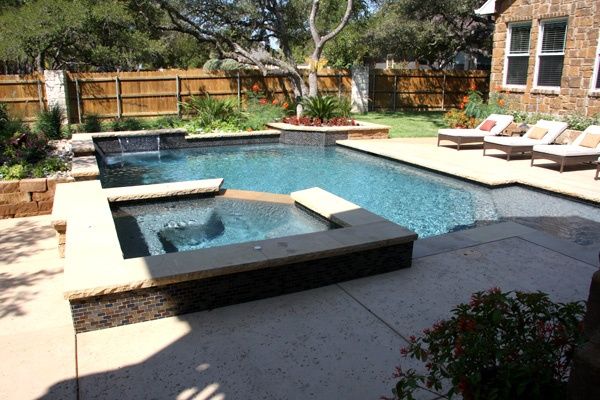
Budget Planning for Pool Construction
Building a swimming pool in your backyard is an exciting venture that can add value to your home, create a private oasis for relaxation, and offer countless hours of entertainment for your family and friends.
However, before diving into the construction process with your local Austin, TX pool builder, one of the most critical steps is planning your budget. Proper financial planning not only helps you set realistic expectations but also ensures the project goes smoothly without unexpected expenses or delays.
We’ll walk you through why budget planning is essential, how to estimate the overall cost of a pool, including add-ons like water features and landscaping, and what long-term ownership costs you should consider before making your final decisions.
Why Planning Your Budget is the First Critical Step
Pool construction is a significant investment, often ranging from tens of thousands to over $100,000 depending on the type of pool, materials, and custom features. Without a well-thought-out budget, it’s easy for expenses to spiral out of control, leading to financial stress and an incomplete or unsatisfactory result.
Starting with a budget helps you define the scope of your project and ensures that you make decisions based on what you can comfortably afford. By planning early, you can also set aside contingencies for unforeseen costs, such as unexpected soil conditions or delays caused by weather.
Budgeting also helps with the following key areas:
- Selecting the Pool Type – Will you choose an in-ground concrete pool, fiberglass, or vinyl liner? The type you select impacts both the upfront costs and ongoing maintenance expenses.
- Custom Features – Deciding early on which custom features you want, such as a waterfall or a spa, allows you to allocate funds effectively and avoid surprises later in the construction phase.
- Hiring the Right Contractor – Once you have a clear budget, it’s easier to get accurate quotes from contractors and avoid any confusion about pricing.
How to Estimate the Overall Cost: Pool, Water Features, and Landscaping
The overall cost of constructing a pool isn’t limited to just the price of the pool itself. Several factors contribute to the final figure, including size, materials, additional features, and the surrounding landscape. Let’s break these down so you can estimate the cost more accurately.
1. Pool Type and Size
The first thing to consider is the pool type and size of the pool. In-ground pools tend to be the most expensive, with concrete pools being at the higher end due to their durability and flexibility in design. Fiberglass pools are generally quicker to install and often cost less, but customization options may be limited. Vinyl-lined pools are the least expensive upfront but require more frequent liner replacements over the years.
As for size, the larger the pool, the higher the cost. A standard in-ground pool ranges from $35,000 to $50,000, but luxury pools with intricate designs can exceed $100,000.
2. Custom Water Features
Adding custom water features like fountains, waterfalls, or even a spa can significantly enhance your pool’s aesthetic and enjoyment. However, they also add to the overall cost. For instance:
- A basic waterfall feature can cost between $1,500 to $5,000, depending on its size and complexity.
- Built-in spas or hot tubs often add $10,000 or more to your budget.
- Pool lighting, which can create a stunning nighttime ambiance, may cost an additional $1,000 to $2,500.
When estimating these costs, be sure to get quotes from your contractor early in the process, as retrofitting these features later can be more expensive.
3. Landscaping and Surroundings
Don’t forget that your pool’s surroundings are just as important as the pool itself. Landscaping plays a big role in the overall feel and usability of your outdoor space, and it’s something that many homeowners overlook until late in the planning process.
Basic landscaping, like planting grass, trees, or shrubs, can cost between $3,000 and $10,000. For a more polished look, you may want to invest in:
- Decking and paving: A good pool deck can cost anywhere from $3,000 to $15,000, depending on the material and size.
- Fencing: For safety reasons, most municipalities require a fence around the pool area. Fencing costs vary based on material and size but can range from $1,500 to $10,000.
- Pool covers: To protect your pool when not in use, a durable cover will add another $500 to $3,000 to your expenses.
These elements should be included in your budget early on to avoid delays or overspending as the project progresses.
Discussing the Long-Term Cost of Pool Ownership
Beyond the initial construction, owning a pool comes with long-term costs that you should plan for to avoid financial strain down the road. Being aware of these recurring expenses ensures you can enjoy your pool without worrying about ongoing maintenance or unexpected bills.
1. Regular Maintenance
Owning a pool requires regular upkeep to keep the water clean and safe for swimming. You’ll need to account for costs associated with chemicals like chlorine, water testing kits, and cleaning tools. On average, you can expect to spend around $1,200 to $2,000 annually on pool maintenance. If you prefer to hire a professional pool maintenance service, expect to pay anywhere from $100 to $300 per month, depending on your pool’s size and complexity.
2. Repairs and Replacements
Over time, pool components such as filters, pumps, and heaters may need to be repaired or replaced. Budgeting for these repairs is essential, as some repairs can be costly. For instance, a new pool pump can cost between $500 and $1,500, while heater replacements may cost up to $3,000.
If you have a vinyl-lined pool, you’ll also need to replace the liner every 10 years or so, which can cost around $3,000 to $5,000.
3. Energy Costs
Pools require a significant amount of energy, especially if you have features like heaters, lighting, or waterfalls. Pool pumps alone can add up to $300 annually to your energy bill, while heating your pool can cost anywhere from $1,000 to $3,600 annually, depending on your location and usage.
To mitigate some of these costs, consider energy-efficient equipment, such as solar pool heaters or variable-speed pumps, which may cost more upfront but save you money in the long run.
Conclusion
Building a pool is a thrilling project, but careful budget planning is crucial to ensuring a smooth construction process and a positive long-term ownership experience.
By estimating the overall cost—factoring in water features, landscaping, and potential long-term expenses—you can approach your pool construction in Austin, TX with confidence and avoid unexpected financial setbacks. With the right preparation, your dream pool can become a reality without breaking the bank.
